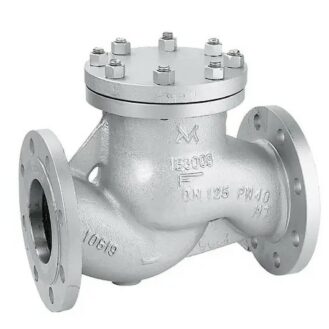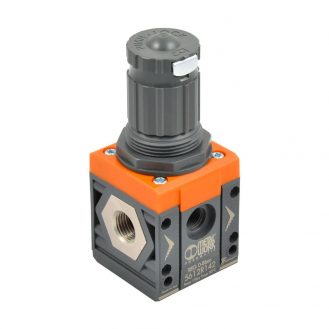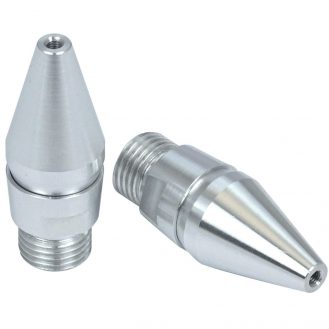When using a threaded fitting, it is essential to ensure that it is compatible with the one already installed in the circuit.
First of all, it is necessary to check the thread direction: Standard threads have a right-hand thread and are screwed in a clockwise direction, but there are also threads with a left-hand thread, for example for gas cylinders or when there may be a need to unscrew a standard thread.
Finally, it is important to know the standard used, for example:
- ISO metric thread: This is the most common type of thread. These are sealed with a ring seal at the bottom of the thread. Cylindrical threading and tapping are identified by the letter M followed by the nominal diameter in millimeters and the pitch indicated in millimeters (e.g. M8x1). For gas connections, a cylindrical thread is indicated by the letter G, and the tapered thread by the letter J.
- American UN thread: This is a cylindrical thread whose dimensions are given in inches and the number of threads per inch. It is identified by the letters UNC for unified coarse pitch and UNF for unified fine pitch threads.
- NPT American thread: This is a tapered thread that seals with a jointing compound such as Teflon. NPTF threads are similar but do not require a jointing compound to be added.
- BSP thread: This is a specific thread for gas. It can be cylindrical (BSPP), in which case it is sealed with an annular seal at the bottom of the thread, or conical (BSPT), in which case it is sealed with a jointing compound in the thread area (e.g. Teflon).










